Post #31 in this series outlined the printing of lists, newsletters etc and I stated that I didn’t recall a newsletter. However some deep thought, my memory has at last turned up the following facts. There was indeed a newsletter, although it wasn’t monthly and we had to record names and addresses with a typewriter. The names and addresses of regular customers (no charge at this time), were printed on gummed sheets of A4, one sheet of addresses per customer, if the newsletters failed to get a response over the next twelve months then we ceased mailing them out to that customer. Prior to each newsletter an address would be cut from each sheet, stuck onto an envelope, along with a stamp and readied for the new lists. It was slow, cumbersome and was a job no one looked forward too, so Derek used to take home the sheets of addresses and we used to do it in the evenings when we didn’t have a filmshow at one the many working men’s clubs. In the mid 80’s, until the mid 90’s, we had a Pitney Bowes franking machine, it saved hours of time and later we all breathed a sigh of relief when stamps became self adhesive. There was a period when the customer details were stored on 5 x 3 index cards but this was a slow and ungainly process, that I’m sure must have really been a pain to customers waiting on the phone while their card was sort after. Derek loved to keep up with times and to keep in touch with Rank Labs and other important numbers, he had a Telex machine installed, by the time I’d worked out how to use it we’d installed a Fax machine, at least it was easier to use! It was only when we had more customers than card space that we looked for new and improved data storage and so it was that at some point in the 80’s we updated to a Dos computer. We had just the one and it simply held the names and addresses of customers and could print out single labels or an entire batch for newsletters. This was later upgraded so that each Dept had their own desktop computer, by the middle of the 90’s we had switched to windows. Every member of staff in the film Dept now had their own monitor and keyboard, the entire film catalogue was added, as well as comprehensive programmes for the second hand lists, newsletter and magazine subscriptions! And this was when the trouble really started! Customers would complain that they hadn’t received the latest magazine or newsletter and we had no idea why, it was many months before we uncovered the unpleasant fact that addresses often went unprinted or would just disappear from the system altogether. These programmes had been written specifically to our requirements and we had been warned that there may be the odd hiccup, but some of these problems were more than some staff could handle, as customers were naturally upset and it was a difficult job trying to explain our predicament. Some of the problems were never ironed out! It was a major headache that would embarrass and haunt us throughout the final ten years in the film department. Just two years before Deranns’ closure Adrian had a brand new website designed for all the departments which was well received and although it enabled the second hand lists to get to our customers faster than ever before, it didn’t increase the orders and never paid for itself.
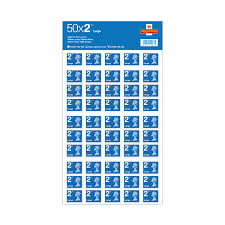
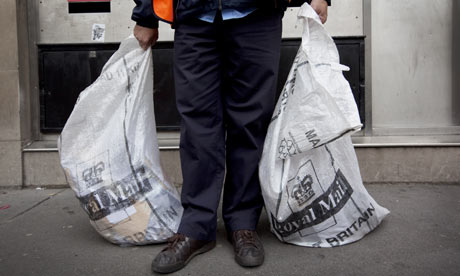
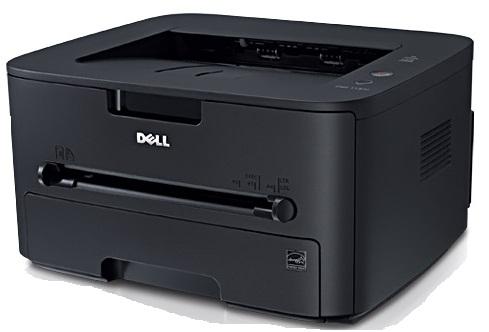
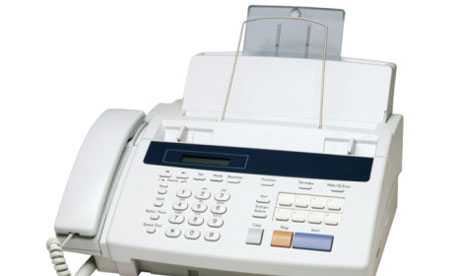
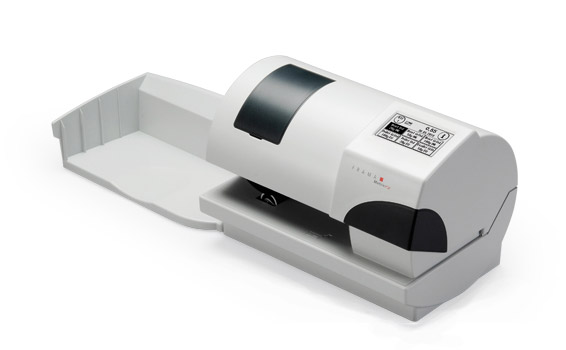
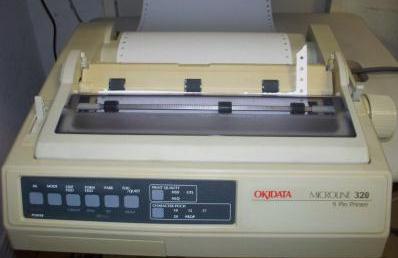
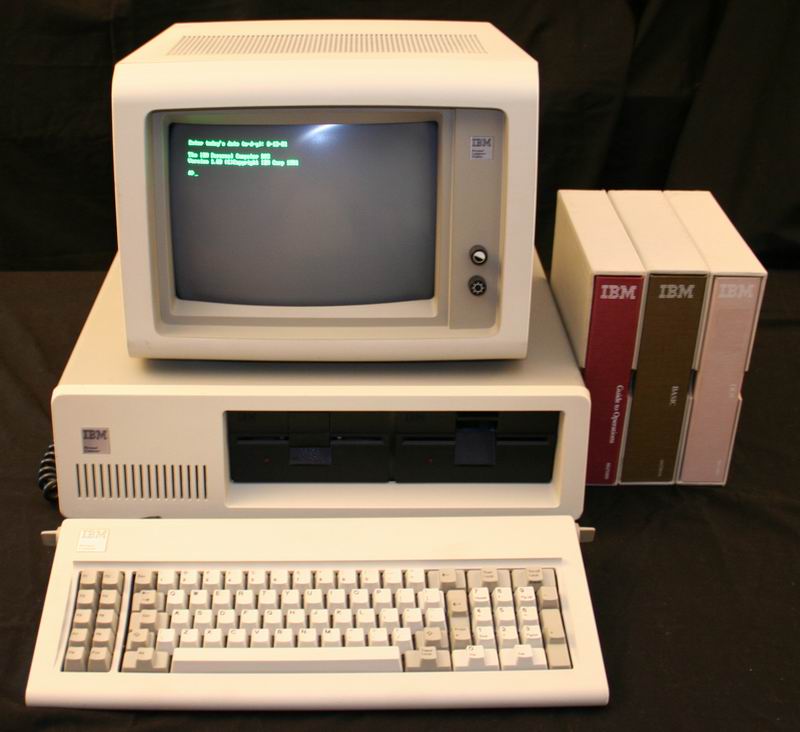
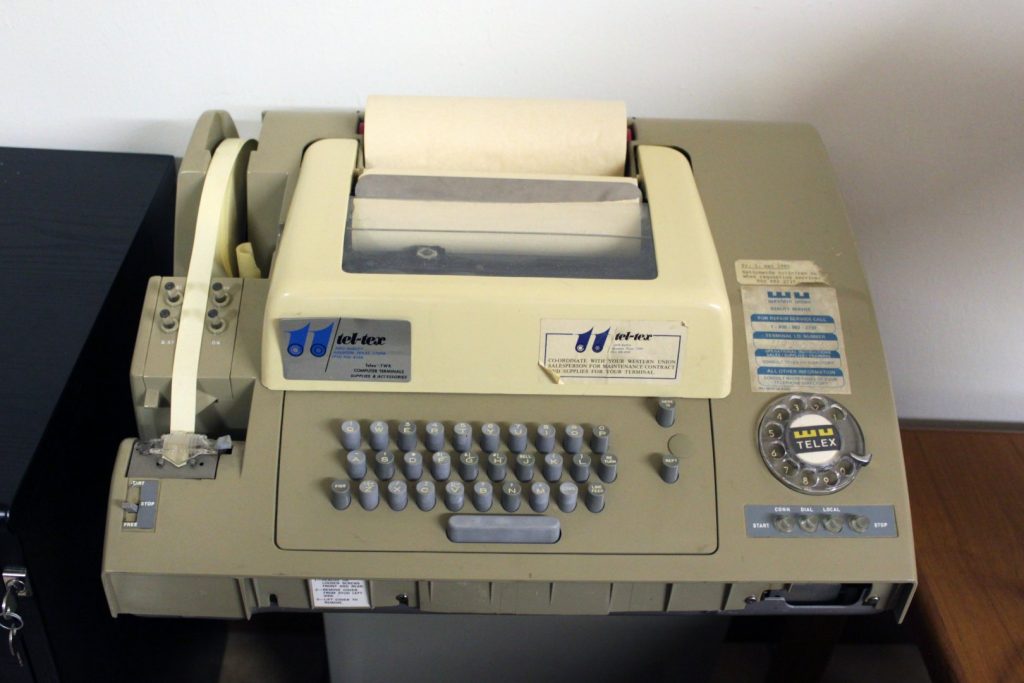

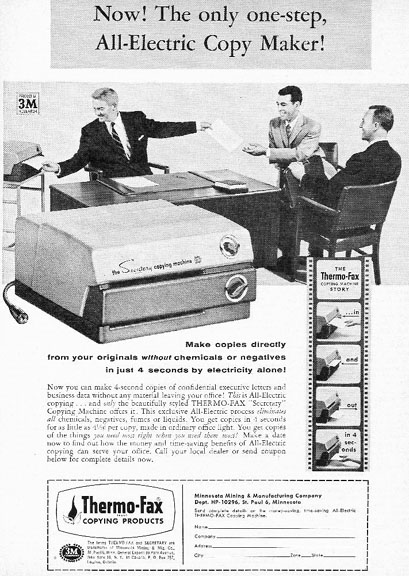

Leave a Reply